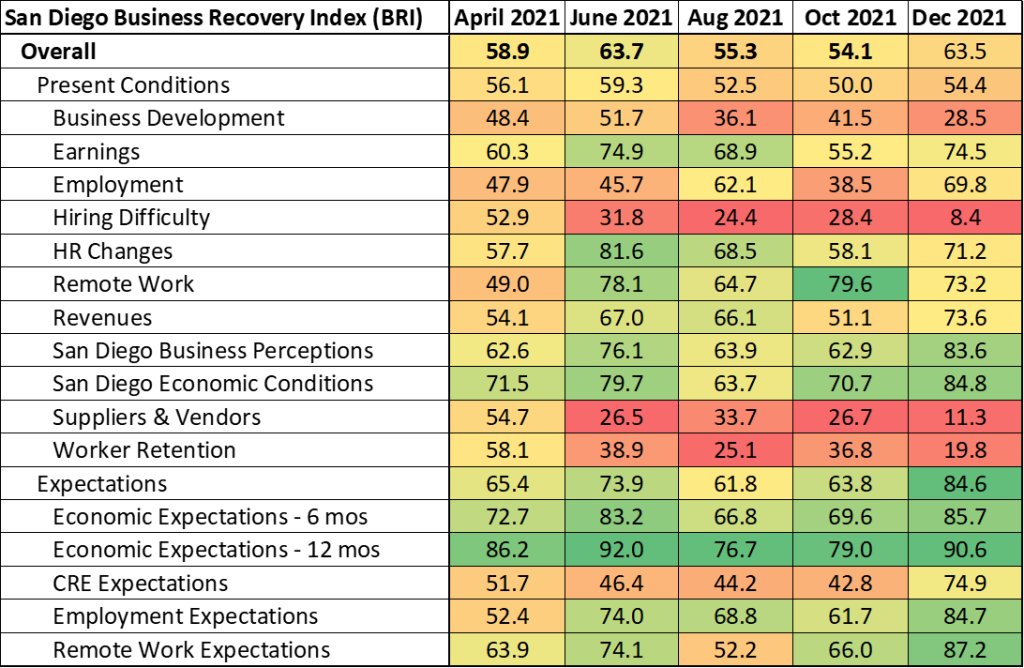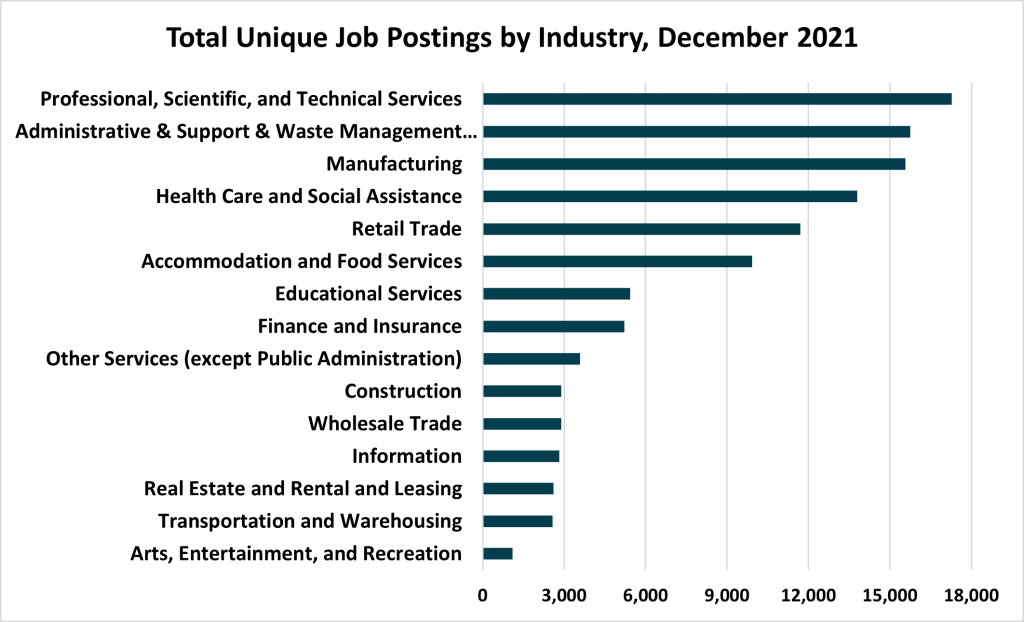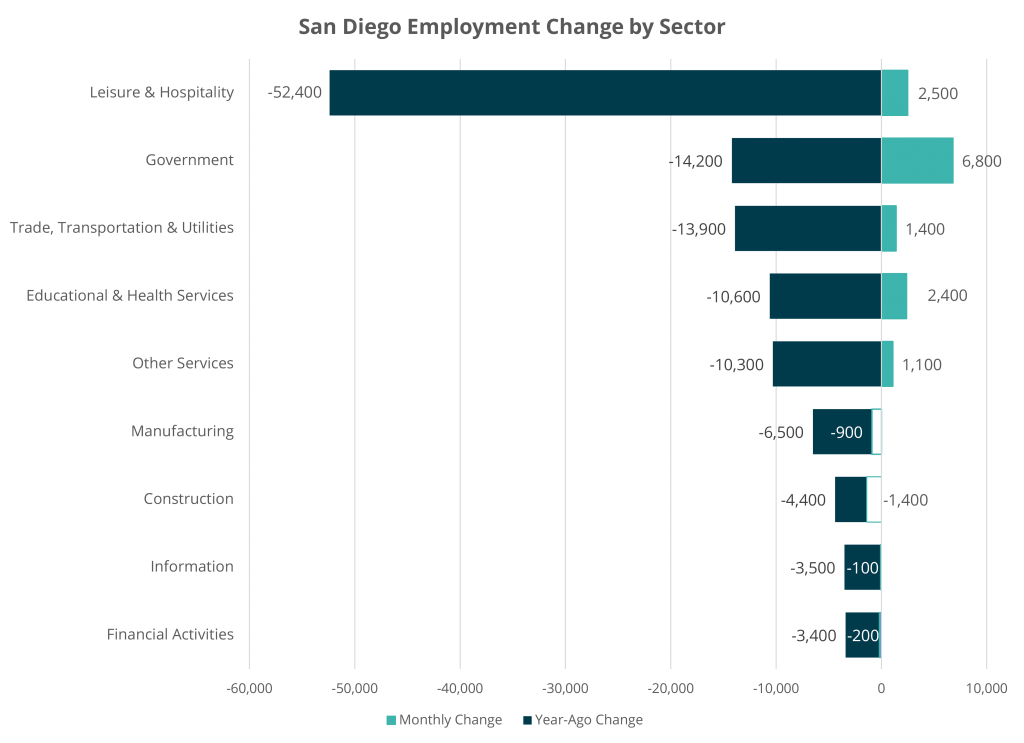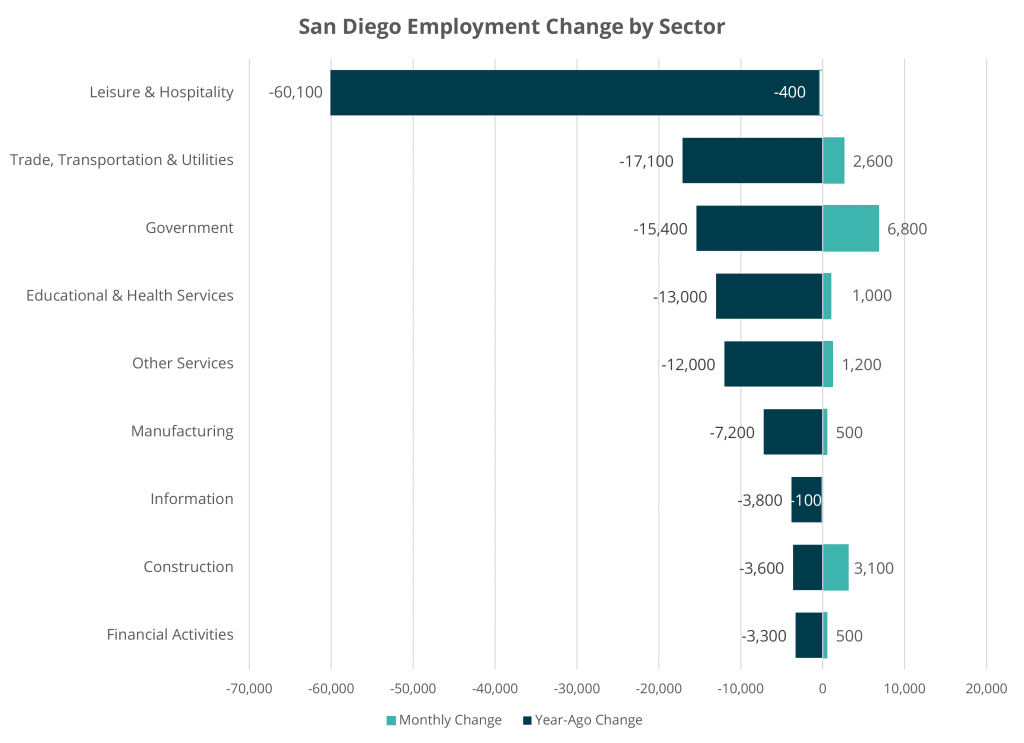The Downtown San Diego Partnership, together with the City of San Diego and San Diego Regional EDC released the findings from the 2021 Downtown Demographics Study. Among findings about Downtown’s residential population, workforce, and attractions, the study confirmed that Downtown is uniquely primed for a post-pandemic resurgence of residential and business growth due to several key factors.
“What we found most exciting about this research is that it confirmed through data what we’ve long heard from Downtown residents and stakeholders,” said Betsy Brennan, president & CEO for the Downtown San Diego Partnership. “Downtown is primed with a talented residential workforce that desires to live and work in our urban core. This, in combination with ongoing investment in world-class commercial and research spaces with access to the region’s enhanced transit system and a vibrant neighborhood lifestyle for residents, businesses and visitors alike, tells us that there is no better time to invest in Downtown.”
Authored by EDC, in coordination with UC San Diego Extension’s Center for Research and Evaluation, the update provides new data on the residential and workforce populations of San Diego’s urban core, identifies areas for growth, opportunities for investment and advocacy, as well as a benchmark for the impacts of COVID-19. It’s intent is to serve as a helpful tool for anyone hoping to understand Downtown’s unique makeup and continue to fuel decisions to advance the economic prosperity and cultural vitality of the city’s urban core for years to come.
KEY TAKEAWAYS
- Downtown’s residents are young, urban professionals primarily working in innovation industries and earning higher-than-average wages. The vibrancy of urban living is what they like about living Downtown and they would even prefer to work there if given the choice, though the cost of living remains higher in Downtown than the County at large.
- Downtown’s over concentration of the most in-demand talent, combined with an increasing supply of commercial real estate, present timely opportunities for high growth companies – particularly Life Science and Technology companies securing record-breaking investment – who are seeking top talent surrounded by the amenities they desire.
- Downtown’s legacy industry clusters are more vulnerable to economic downturns, making diversification advantageous. Job losses during 2020 erased the gains of the previous four years.
- Downtown is widely viewed as a hub for arts and culture, as well as a top destination for professional networking and gathering.
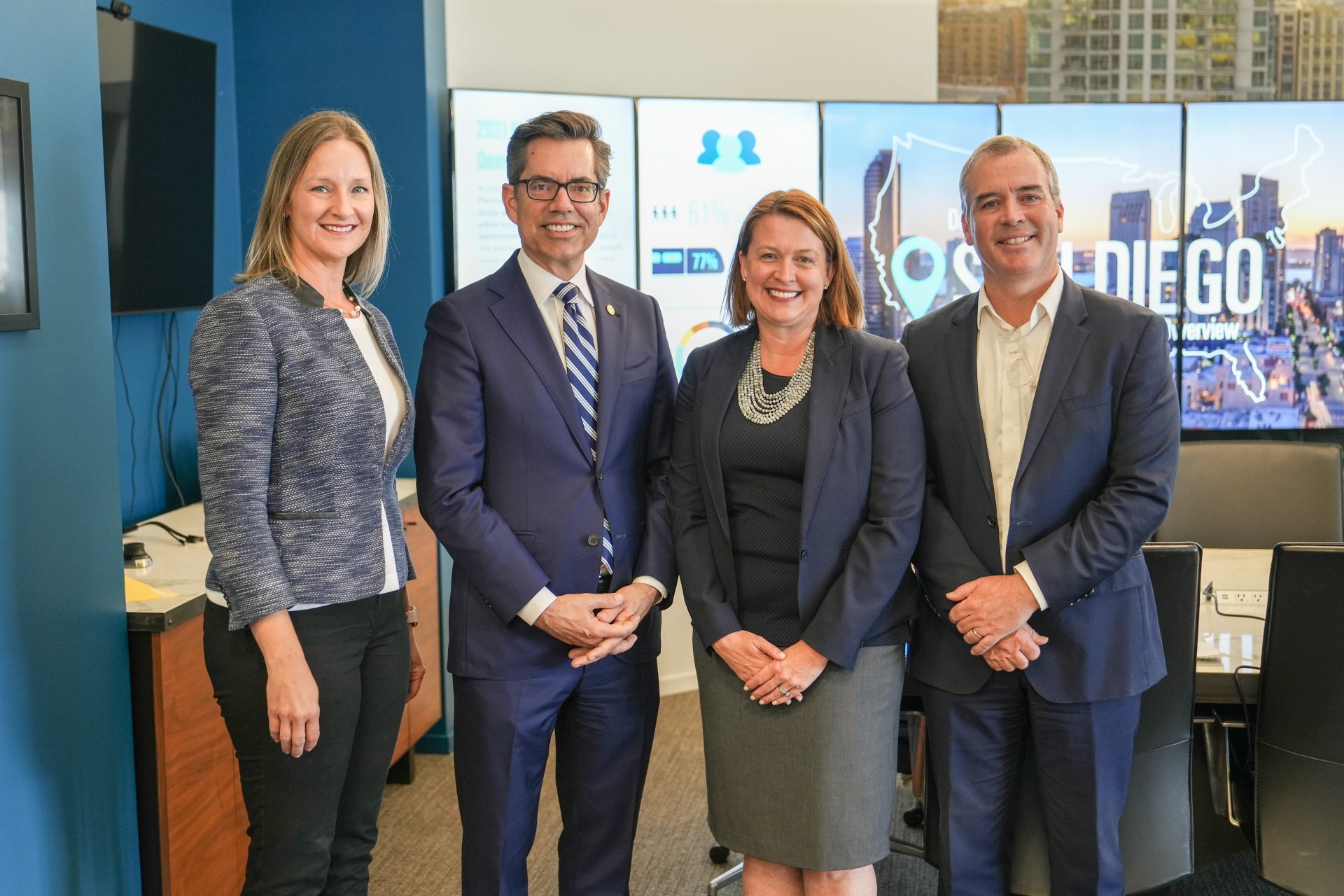 “While San Diego’s innovation economy continues to drive the region’s recovery from the COVID-19-spurred economic downturn, we must ensure the building blocks of this recovering economy—quality jobs, skilled talent and thriving households—are accessible to more people,” said Mark Cafferty, president and CEO of EDC. “The data confirms that the pillars to build a more resilient economy through continued investment into Downtown by new, growing and diversified industries are in place and ready. More than ever, smart economic development means inclusive economic development.”
“While San Diego’s innovation economy continues to drive the region’s recovery from the COVID-19-spurred economic downturn, we must ensure the building blocks of this recovering economy—quality jobs, skilled talent and thriving households—are accessible to more people,” said Mark Cafferty, president and CEO of EDC. “The data confirms that the pillars to build a more resilient economy through continued investment into Downtown by new, growing and diversified industries are in place and ready. More than ever, smart economic development means inclusive economic development.”
The Downtown Partnership first commissioned a demographic study in 2016, then a new tool for the organization’s advocacy efforts and the Downtown community. Providing an in-depth look at San Diego’s urban core and capturing a moment in time of the market’s recovery following the pandemic, the 2021 study was funded by the City of San Diego’s Economic Development Department, DSDP Clean & Safe Commercial Enhancement Program, Stockdale Capital Partners, and Urban Strategies Group.
